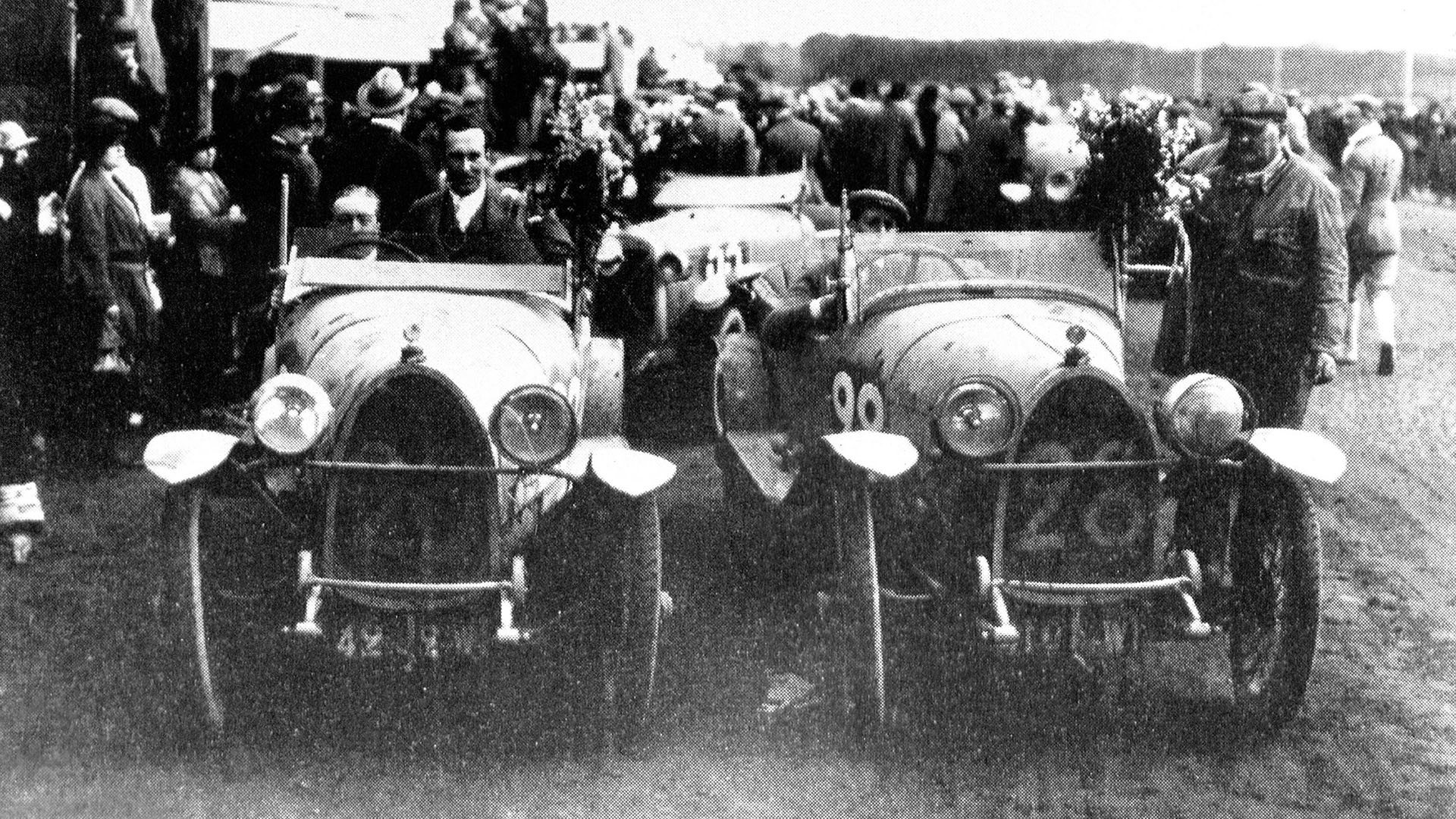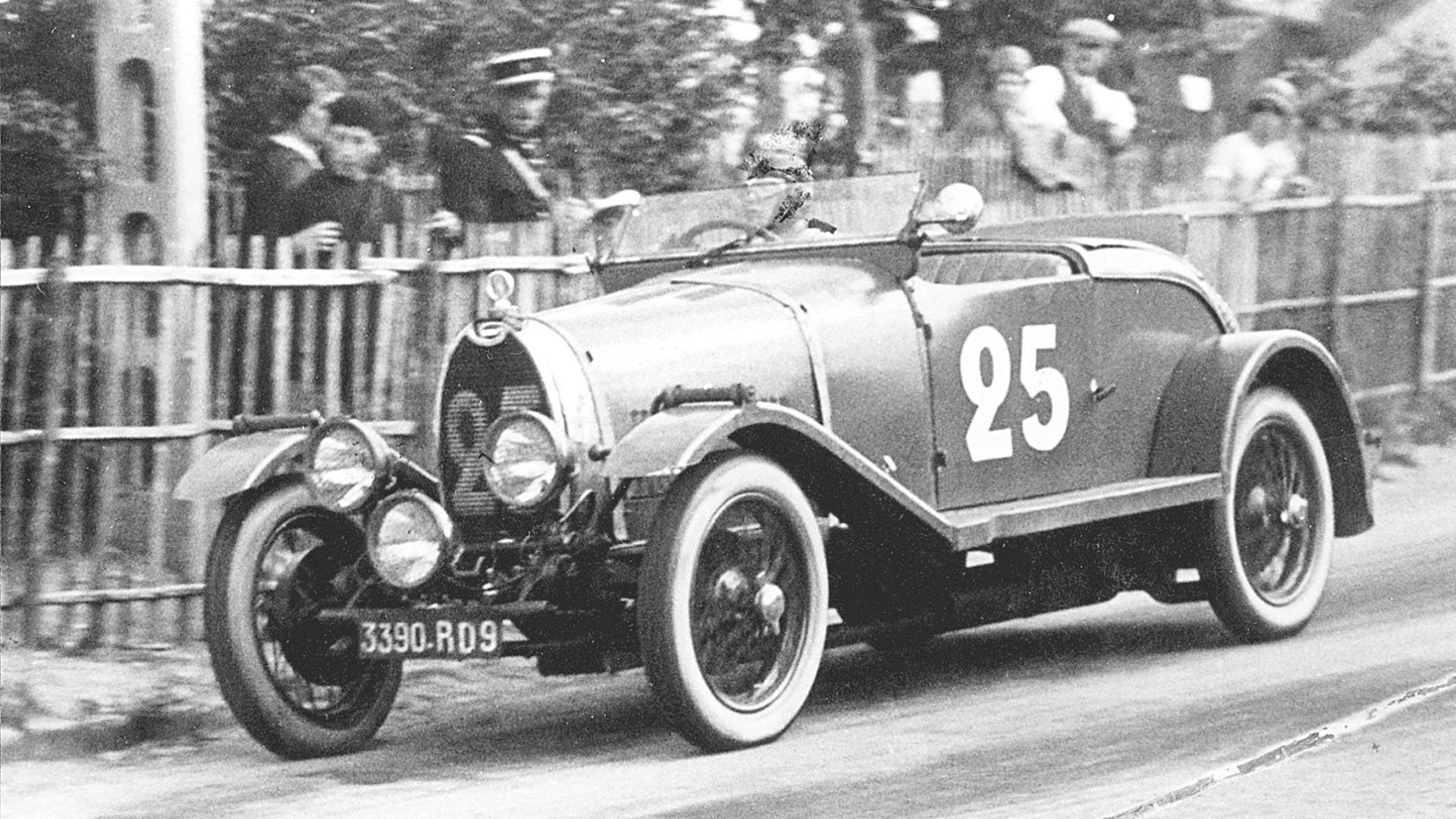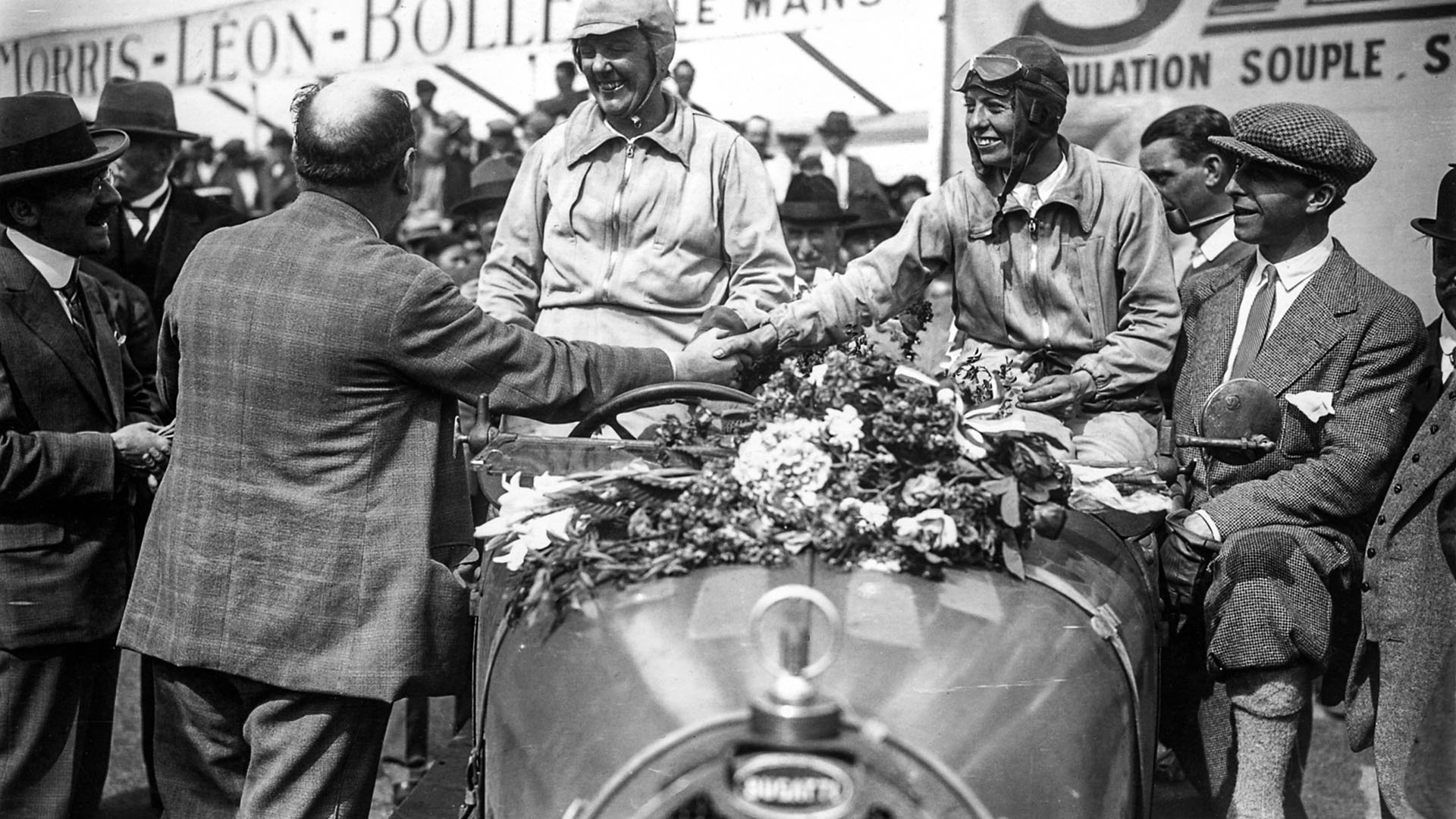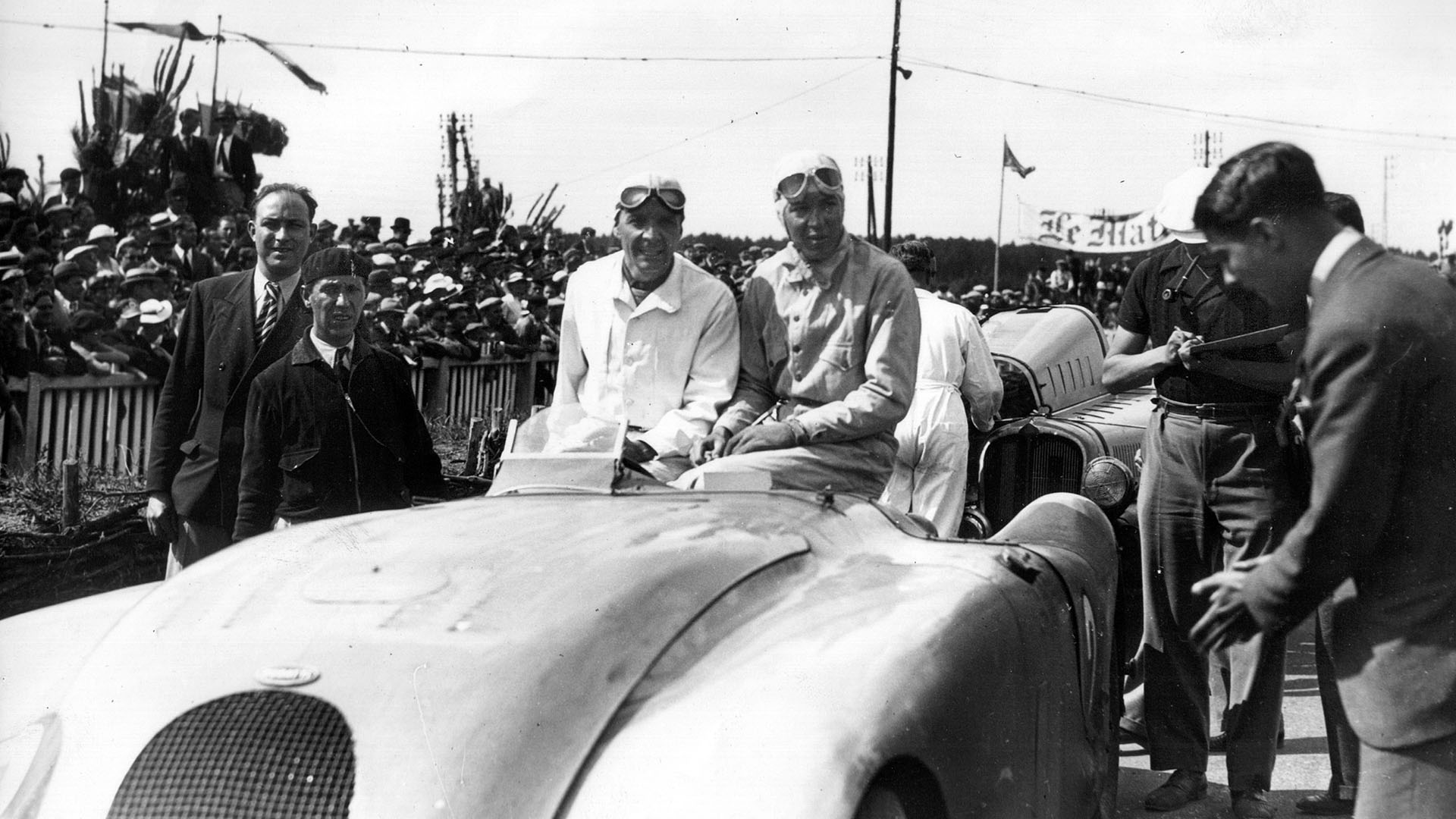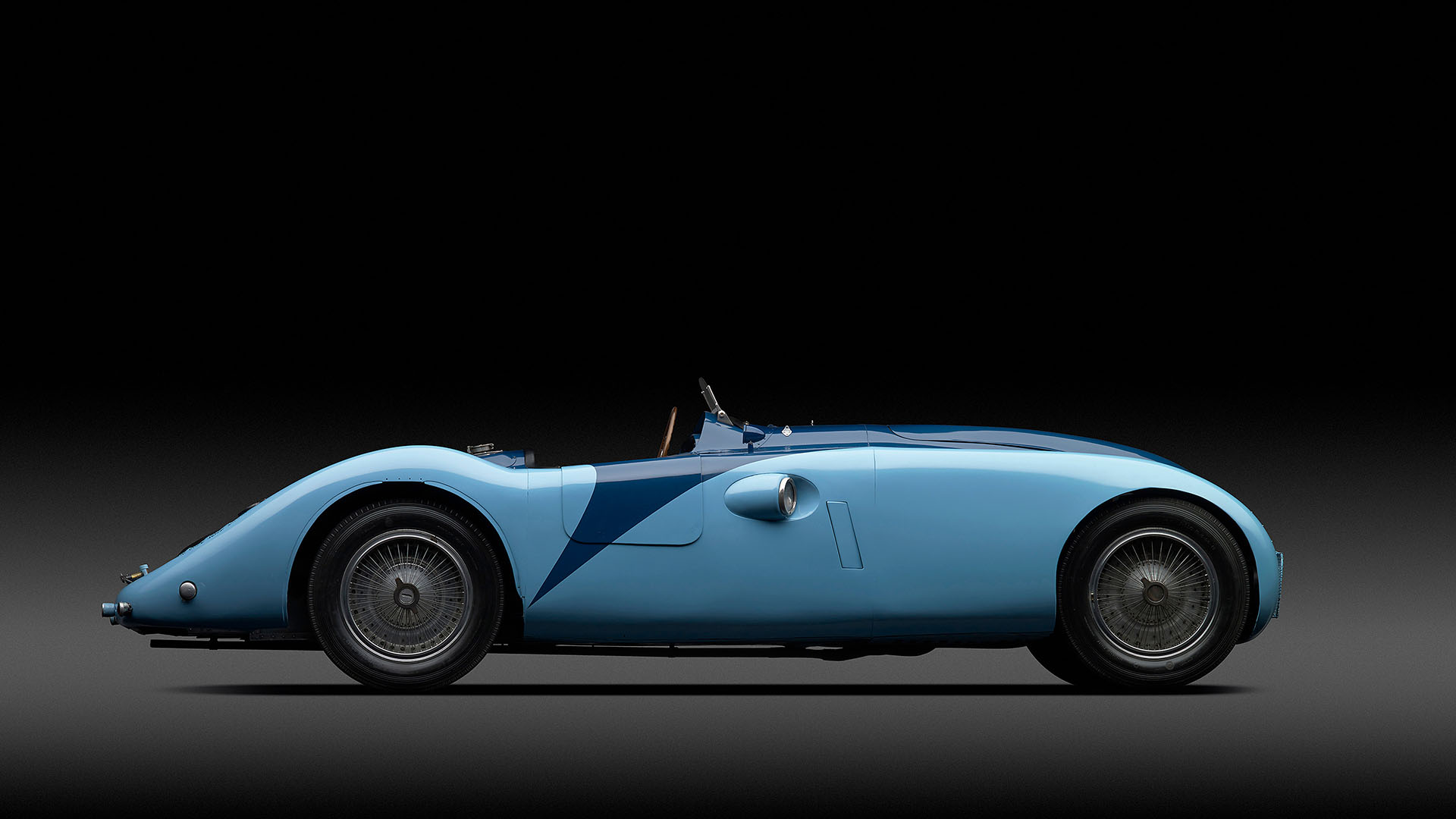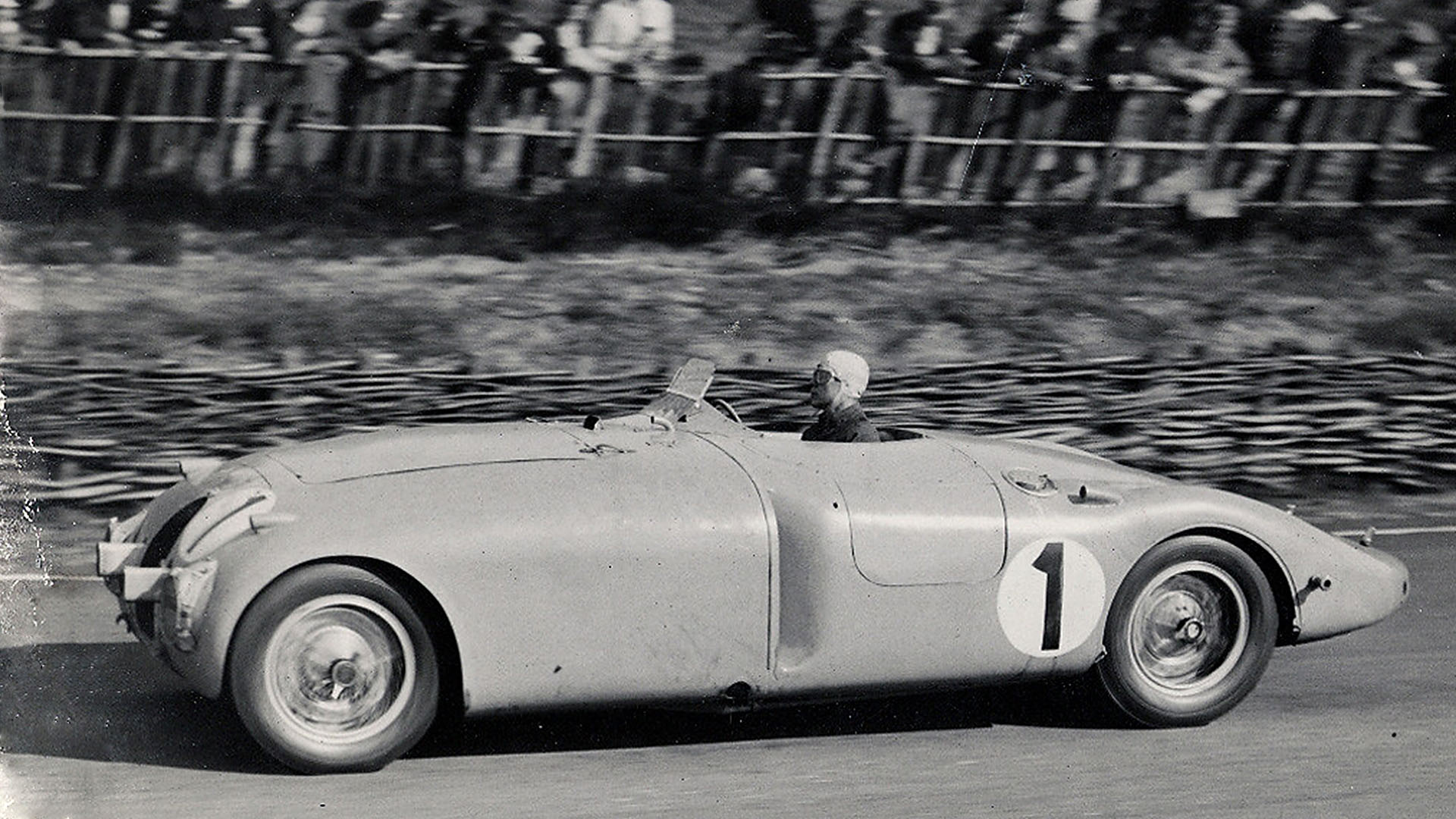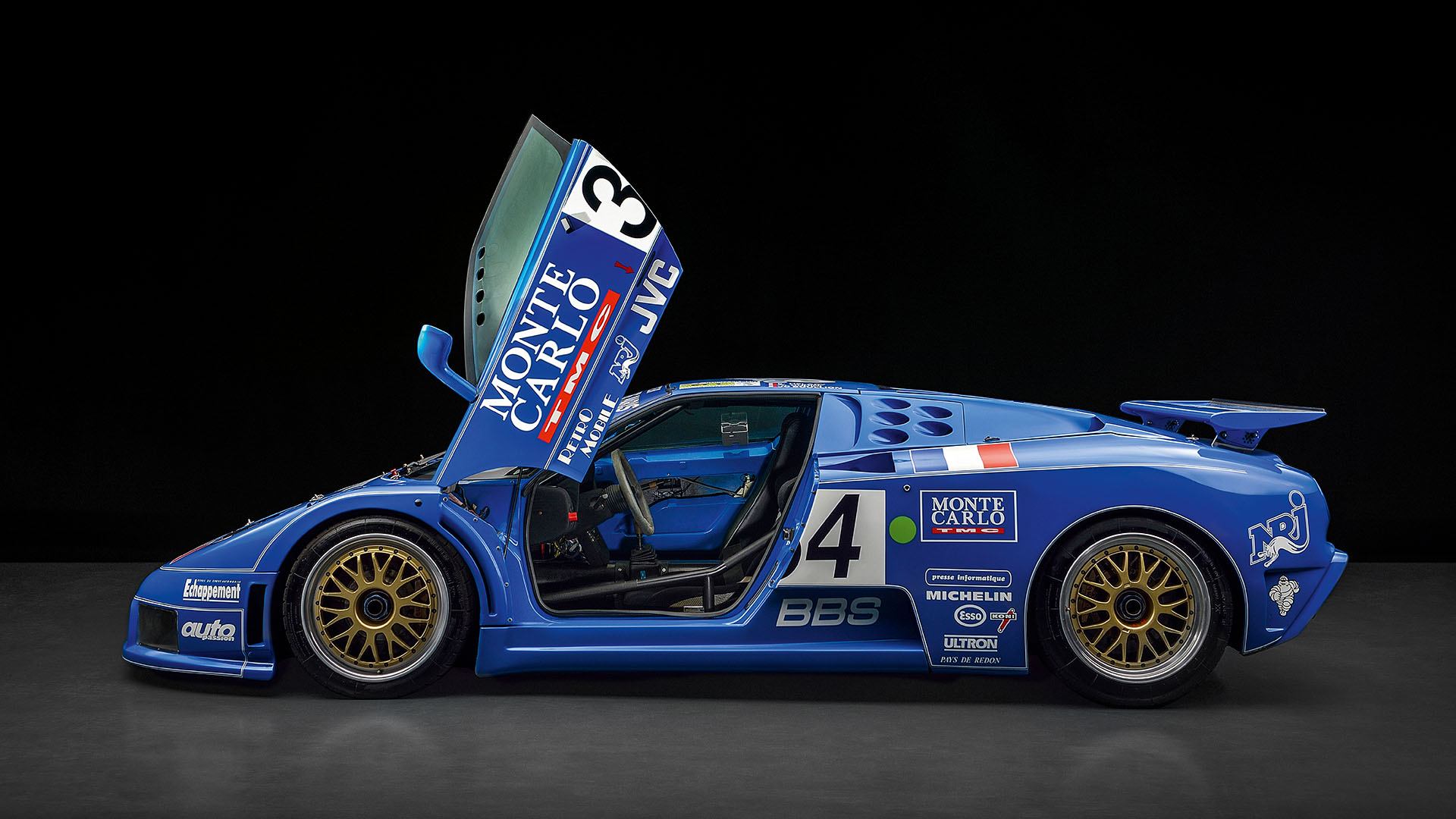
[ad_1]
Within the inaugural yr 1923, Bugatti fielded two Brescia 16S vehicles, with one pushed by Max de Pourtalès and Sosthène de La Rochefoucauld. The Brescia was a automobile famend for its light-weight and steadfast reliability, launched at a time when many racing vehicles had been massive and unwieldy. Regardless of a race by rain for nearly the entire 24 hours, the Brescia pushed by de Pourtalès and de La Rochefoucauld secured a top-10 end – a promising begin that hinted on the formidable potential Bugatti might carry to the world of endurance racing.
Bugatti returned to the Circuit de la Sarthe, the place the 24 Hours of Le Mans is run to this present day, in 1930 with a Sort 40, which was entered by personal proprietor Odette Siko. Remarkably, Siko and her co-pilot Marguerite Mareuse competed as an all-female duo at a time when many believed ladies merely weren’t able to finishing such a grueling race. However with dedication and talent, the pioneering pair had been carried by their Bugatti Sort 40 to a commendable seventh-place end. Their exploits at Le Mans had been only one instance of daring ladies competing on the very highest ranges in motorsport in Bugatti automobiles, with icons like Hellé Good and Eliška Junkov becoming a member of them.
Over the following years, Bugatti skilled blended fortunes on the 24 Hours of Le Mans. Regardless of a sequence of strong performances – ending sixth in 1932, ninth in 1934, and 14th in 1935 – all of the components for a Le Mans podium by no means fairly got here collectively. However that will all change in probably the most astonishing manner in 1937.
As a response to the brand new rules put forth by the organizers of the 24 Hours of Le Mans in 1936, Bugatti promptly commenced work on a brand new race automobile – the Sort 57 Grand Prix. Later shorted to Sort 57G, this automobile was designed for top-level motorsport, outfitted with a 3,266cc in-line eight-cylinder engine, able to delivering 170 PS. The automobile’s core construction featured a chassis punctured with holes in a meticulous course of to save lots of essential weight. It was outfitted with a full-width, streamlined magnesium-alloy physique that encased even the wheels. This distinctive type led to the automobile being affectionately dubbed the “Tank”. On the enduring again straight of the Circuit de La Sarthe, it boasted a high pace of almost 220 km/h (135 mph).
It was Jean-Pierre Wimille, the distinctive French driver, who wielded the total may of the Sort 57G Tank to most impact. In 1937, partnered with Robert Benoist, one of many high French drivers of the interwar interval, Wimille piloted the automobile to a shocking victory. They completed the race having traveled round 100km additional than the second-place automobile, completely showcasing the technical genius and pioneering method of Bugatti. The victory was not solely Bugatti’s first win at Le Mans however Wimille and Benoist additionally set a brand new distance file, masking a formidable 3,287 kilometers in a single race.
Wimille’s mastery of the Sort 57 was removed from exhausted. Though Bugatti needed to pull out of the 1938 race with technical difficulties, in 1939, Bugatti and Wimille returned to the Le Mans circuit, this time with Pierre Veyron as co-driver, driving a growth of the Sort 57G.
Underneath the streamlined physique of his Sort 57C there was an upgraded 8-cylinder engine producing round 200 PS. This allowed for speeds of over 255 km/h on the straight and, by means of further upgrades, Bugatti managed to scale back the load of the spherical, pontoon-shaped bonnet. The rear axle, crankshaft, and different components had been additionally optimized.
From the beginning of the race, the Bugatti confronted huge competitors from Raymond Sommer in a brand new Alfa Romeo. He led the race from the beginning, however the Bugatti professional drove exceptionally, taking clear traces within the curves whereas preserving his tires and brakes. Till late at evening, the vehicles had been driving at increasingly pace. Sommer and Wimille’s fierce battle for first place was quickly joined by Louis Gérad and Georges Monnert, drivers for Delage. However their race automobile couldn’t stand up to the pressure: on Sunday morning, an engine downside compelled them to cease within the pit lane. In the meantime, Pierre Veyron drove on, pushing the Sort 57 C ‘Tank’ lap after lap.
With a monitor distance of just about 13.5 kilometers per lap, Wimille and Veyron lined 3,354 kilometers – 248 laps – in 24 hours, which earned them a formidable victory. The Bugatti achieved a median pace of 139 km/h, the runner-up automobile of the race was three laps behind and the third automobile 9 laps. Of the 42 vehicles that began, solely 20 crossed the end line. Ettore Bugatti would later declare that in the course of the race, the mechanics by no means as soon as needed to open the bonnet for the reason that 8-cylinder engine was so dependable.
The beginning of World Warfare 2 marked the start of a ten-year hiatus for the 24 Hours of Le Mans. A Bugatti wasn’t seen on the world-famous race till 1994, precisely 55 years after the final victory for the model from Molsheim. The automobile in query was an EB110 Tremendous Sport which, sadly, suffered an accident attributable to a technical downside and couldn’t full the race.
This yr, because the 24 Hours of Le Mans celebrates its centenary, Bugatti seems on the Circuit de la Sarthe as soon as extra, with the dynamic public debut of the Bolide, driving a monitor lap on Saturday afternoon.
[ad_2]
